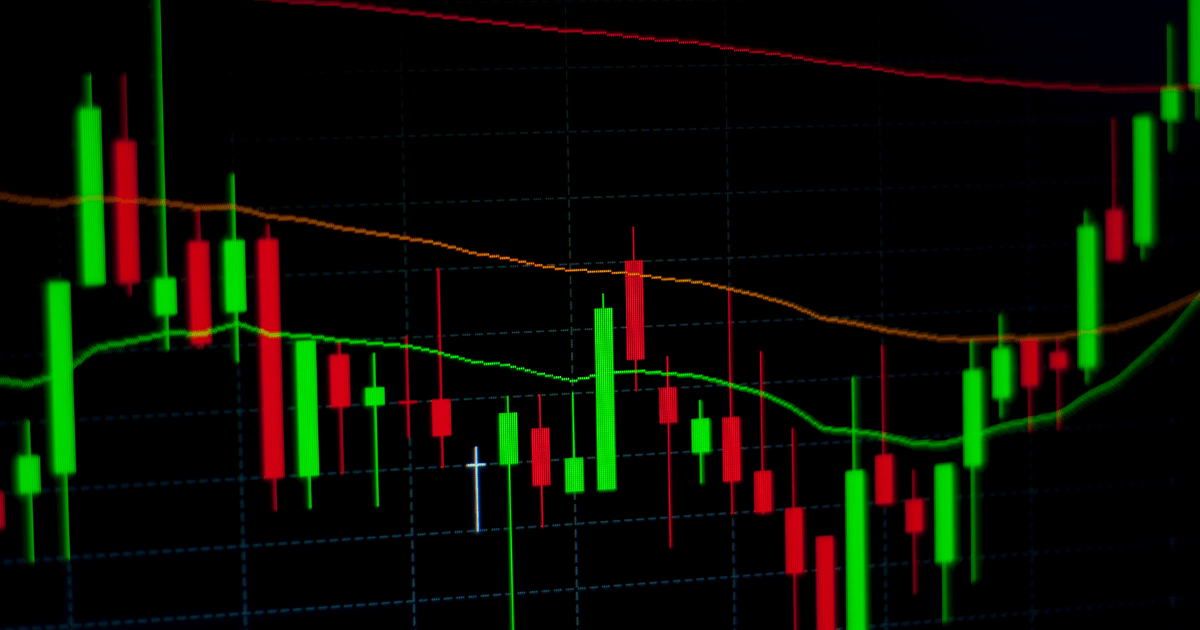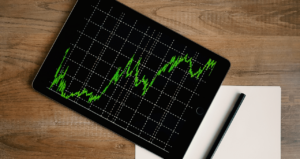Introduction
When it comes to active trading in the financial markets, two popular strategies are scalping and day trading. While both involve frequent trading within a single trading session, there are significant differences between the two approaches. This article aims to provide a comprehensive understanding of the differences between scalping and day trading, helping traders choose the strategy that aligns best with their goals and preferences.
Key Takeaways
- Scalping and day trading are two distinct trading strategies that involve frequent trading within a single trading session.
- Scalping focuses on very short-term positions, often closing trades within seconds, while day trading involves holding positions for several hours but closing them before the end of the trading day.
- Scalping requires higher leverage and aims to profit from small price movements, while day trading aims to capture larger price movements.
- Scalping carries higher risks due to the fast-paced nature of the strategy and reliance on leverage.
- Day trading requires in-depth market knowledge, risk management skills, and the ability to make well-timed trade decisions.
- The choice between scalping and day trading depends on individual preferences, trading goals, time availability, and risk tolerance.
Scalping and day trading are distinct strategies with different timeframes and objectives. Scalping is a strategy focused on exploiting small price movements over very short periods, often ranging from seconds to a few minutes. Scalpers aim to capitalize on quick profits by frequently opening and closing positions. On the other hand, day trading involves holding positions for several hours within a single trading day, aiming to capture larger price movements. Day traders typically close their positions before the end of the trading session.
Key Differences between Scalping and Day Trading
- Timeframe: Scalping operates on extremely short timeframes, typically within minutes, while day trading involves holding positions for several hours.
- Number of Trades: Scalpers execute dozens of trades per day, taking advantage of small price movements. Day traders, on the other hand, make fewer trades, focusing on capturing larger price swings.
- Risk and Leverage: Scalping carries higher risks due to the fast-paced nature of the strategy and reliance on leverage to amplify small price movements. Day trading also involves risks but tends to require less leverage.
- Profit Realization: Scalpers aim for immediate profits as they close their positions quickly after entering a trade. Day trading profits are realized at the end of the trading day.
- Trade Size: Scalpers typically trade smaller position sizes, aiming to profit from small price differentials. Day traders may trade larger positions to capture larger price movements.
Scalping: Definition and Strategy
Scalping involves traders taking advantage of small price movements that occur within very short timeframes, often just a few minutes. Scalpers open and close multiple positions, sometimes even within seconds, aiming to profit from the bid-ask spread or small price differentials. Scalping requires a high level of attention, quick decision-making, and the ability to execute trades swiftly. Traders employing this strategy often rely on specialized software and low-latency trading platforms to gain an edge.
Day Trading: Definition and Strategy
Day trading is a strategy where traders open positions during a trading day and close them before the session ends. Unlike scalping, day trading focuses on capturing larger price movements and requires a deeper understanding of market trends, technical analysis, and fundamental factors. Day traders often use various indicators, chart patterns, and trading strategies to identify potential entry and exit points. Risk management and discipline are crucial in day trading, as traders need to make informed decisions while managing their exposure to market volatility.
Choosing the Right Strategy
There is no definitive answer as to which strategy is better, as it depends on individual preferences, trading goals, and risk tolerance. Scalping may appeal to traders who prefer quick trades, have a high tolerance for risk, and can dedicate significant time to monitor the markets closely. On the other hand, day trading may suit those who can devote several hours to trading, have the ability to analyze market trends, and prefer capturing larger price movements. It is essential for traders to thoroughly understand the characteristics, risks, and demands of each strategy before deciding which one aligns best with their goals.
Common Queries about Scalping and Day Trading
- Which strategy is more profitable? Profitability depends on various factors, including market conditions, individual trading skills, and risk management. Both scalping and day trading can be profitable if implemented with discipline and a solid trading plan.
- Do I need special software for scalping and day trading? While specialized software or trading platforms can provide advantages for scalpers and day traders, they are not mandatory. Many brokers offer platforms with features suitable for both strategies.
- Can I combine scalping and day trading? Some traders may employ both strategies, adapting their approach based on market conditions and opportunities. However, it is crucial to manage time effectively and ensure that the strategies do not conflict with eachother.
- What are the recommended risk management practices for scalping and day trading? Both scalping and day trading require effective risk management. Traders should set strict stop-loss orders to limit potential losses and adhere to proper position sizing based on their risk tolerance. Regularly reviewing and adjusting risk management strategies is essential.
- What are the key psychological factors to consider when engaging in scalping and day trading? Scalping and day trading can be mentally demanding due to the fast-paced nature and the need to make quick decisions. Traders should be prepared to handle stress, maintain discipline, and avoid emotional decision-making.
- How can I improve my skills in scalping or day trading? Improving skills in scalping or day trading requires practice, continuous learning, and self-reflection. Traders can study technical analysis, develop effective trading strategies, and analyze their past trades to identify areas for improvement.
In conclusion, understanding the differences between scalping and day trading is crucial for traders looking to actively engage in the markets. While both strategies involve frequent trading, their timeframes, risk levels, and profit objectives differ significantly. By assessing their own preferences, goals, and risk tolerance, traders can make an informed decision on whether to pursue scalping or day trading. Remember that consistent practice, continuous learning, and effective risk management are key to success in any trading strategy.








